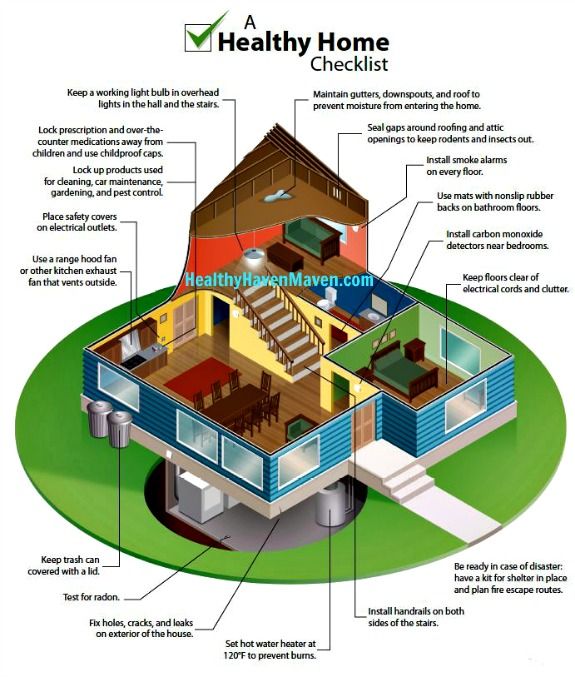Regular Errors To Avoid When Setting Up A Heat Pump
Regular Errors To Avoid When Setting Up A Heat Pump
Blog Article
Web Content Writer-Dowling Carson
When mounting a heat pump, you should avoid usual mistakes that might threaten its effectiveness. Ignoring correct sizing may cause inefficiencies and greater utility prices. Disregarding insulation and sealing might lead to power wastefulness and stress on the unit. Furthermore, positioning the outside unit incorrectly may influence its efficiency. By preventing https://windowglasscleaner40628.ttblogs.com/10062918/amazed-by-weird-noises-and-irregular-temperatures-from-your-heatpump , you can guarantee optimum operating and toughness of your heat pump system.
Improper Sizing of Heat Pump
When it involves the installment of heatpump, one of the most common mistakes is improperly sizing the unit for your area. Making sure the best dimension is important for optimum performance. If the heat pump is also tiny, it will certainly have a hard time to warmth or cool your room effectively, bring about boosted energy expenses and possible damage on the device.
On the other hand, if the heat pump is also huge, it will cycle on and off frequently, triggering temperature level variations and decreasing its life-span.
To avoid this error, it's important to have a specialist analyze your room and suggest the suitable size of the heatpump based upon elements like square video, insulation, ceiling elevation, and local environment. By spending https://www.kbb.com/car-advice/whats-wrong-with-my-cars-air-conditioner/ and initiative to ensure the correct sizing, you can take pleasure in a comfy setting while optimizing energy effectiveness and extending the life expectancy of your heat pump.
Inadequate Insulation and Sealing
To make certain the reliable procedure of your heat pump, it's essential to address insufficient insulation and sealing in your space. https://garrettqyfls.blog-mall.com/31057420/heat-pump-repair-work-trick-indications-that-your-system-need-to-be-reviewed-by-a-specialist preserve a consistent temperature level indoors, decreasing the work on your heatpump. Insufficient insulation can lead to power loss, making your heatpump work harder and much less effectively.
Securing any kind of voids or leaks in your room is similarly important. These voids allow conditioned air to leave and exterior air to seep in, forcing your heatpump to make up for the temperature fluctuations.
Inaccurate Placement of Outdoor Unit
Dealing with the placement of your heat pump's exterior unit is crucial to maximizing its performance. Installing the outside device in a wrong area can lead to performance concerns and potential damage to the device.
One usual blunder to stay clear of is positioning the outside system as well close to a wall surface or various other structures. This can restrict air flow, creating the system to function more difficult to warm or cool your space, eventually decreasing its performance and life expectancy.
An additional error to steer clear of is placing the outdoor device in straight sunlight. While some sunshine is inescapable, too much direct exposure can lead to overheating, specifically throughout warm summertime days. It's best to place the outdoor system in a shaded location to aid preserve its ideal operating temperature level.
Moreover, make certain that the outdoor system is put on a secure and level surface. Uneven ground can trigger resonances and unnecessary strain on the device, influencing its efficiency over time.
Conclusion
Finally, preventing typical errors during heatpump installation is vital for making the most of effectiveness and long life of your system. By making sure proper sizing, sufficient insulation, securing, and correct positioning of the outside system, you can protect against problems such as ineffectiveness, enhanced power bills, and strain on the system. Making the effort to address these vital variables will inevitably conserve you money and time in the long run.
